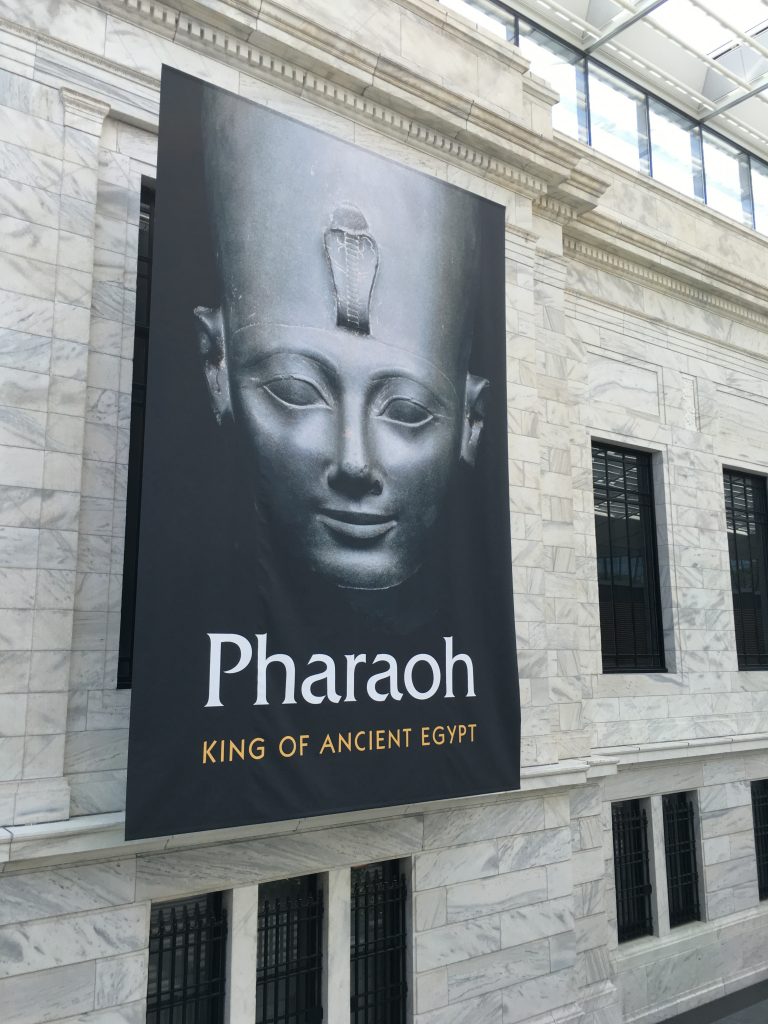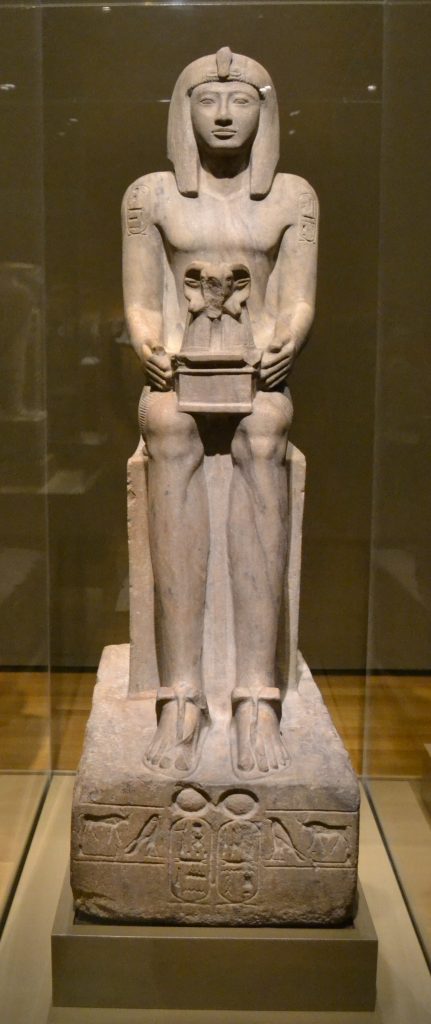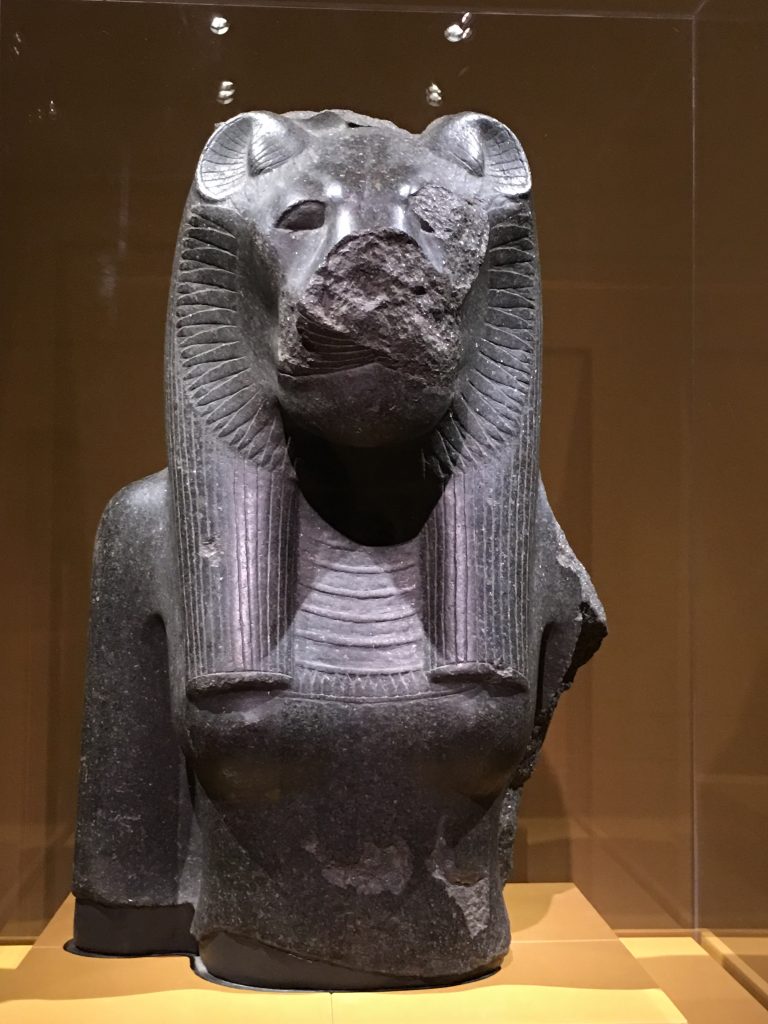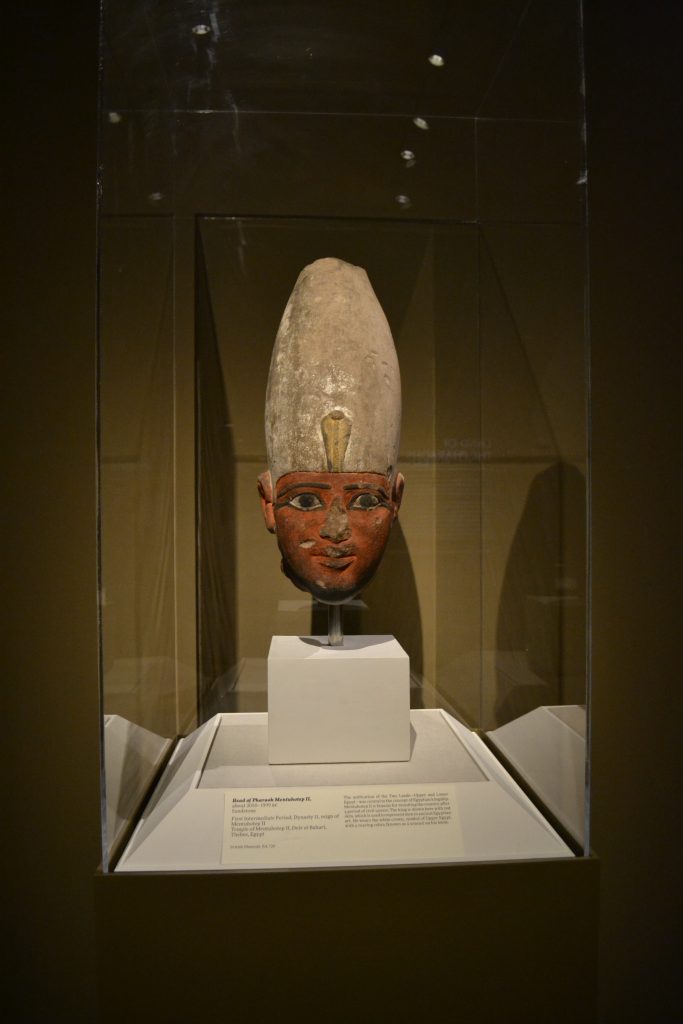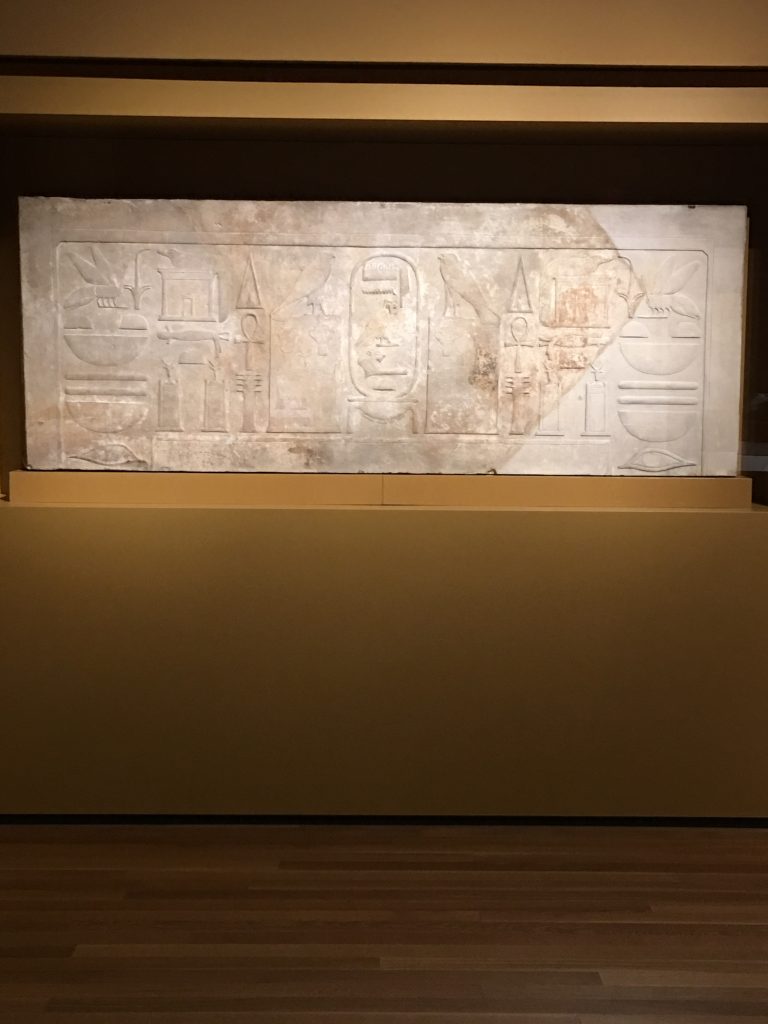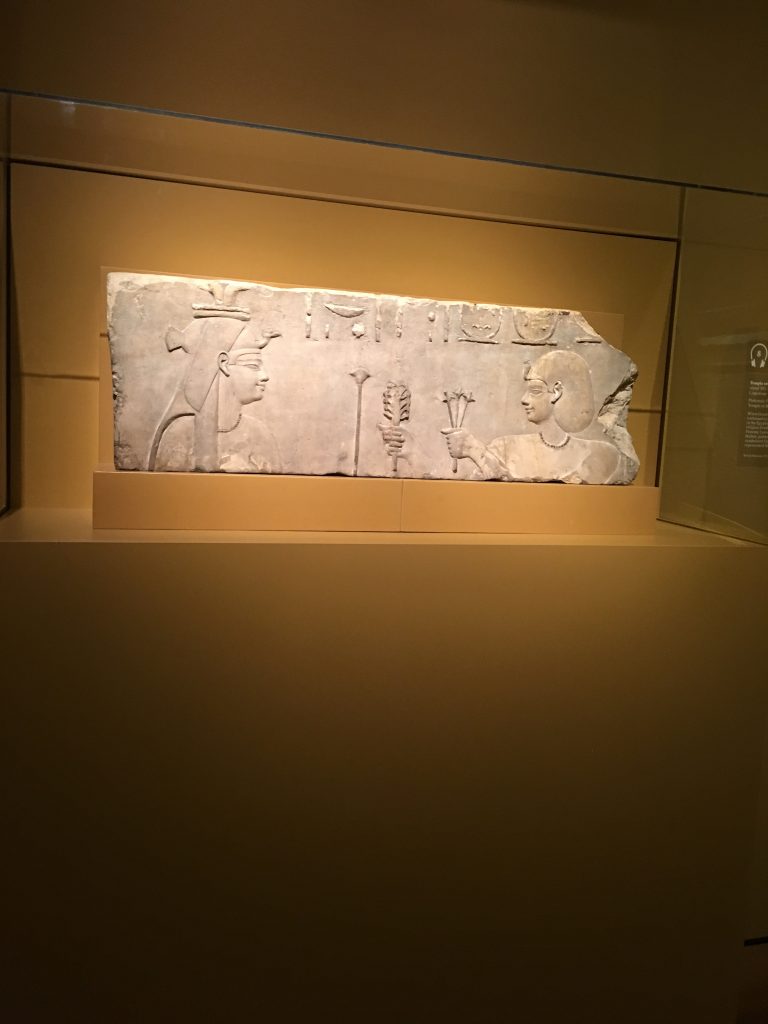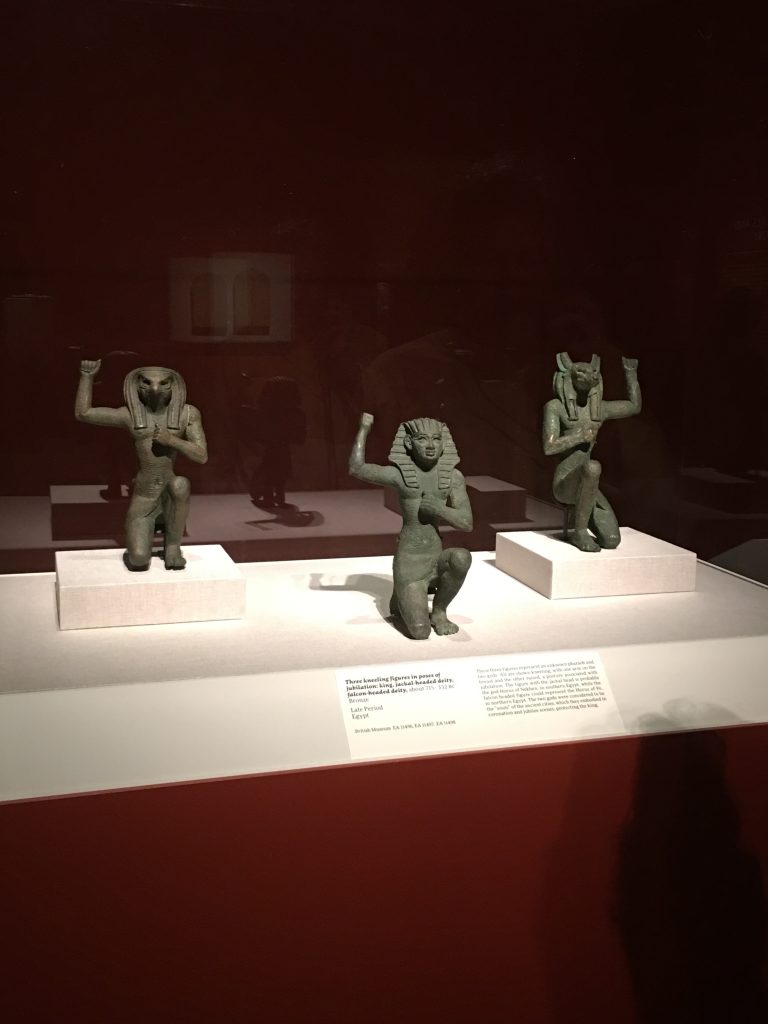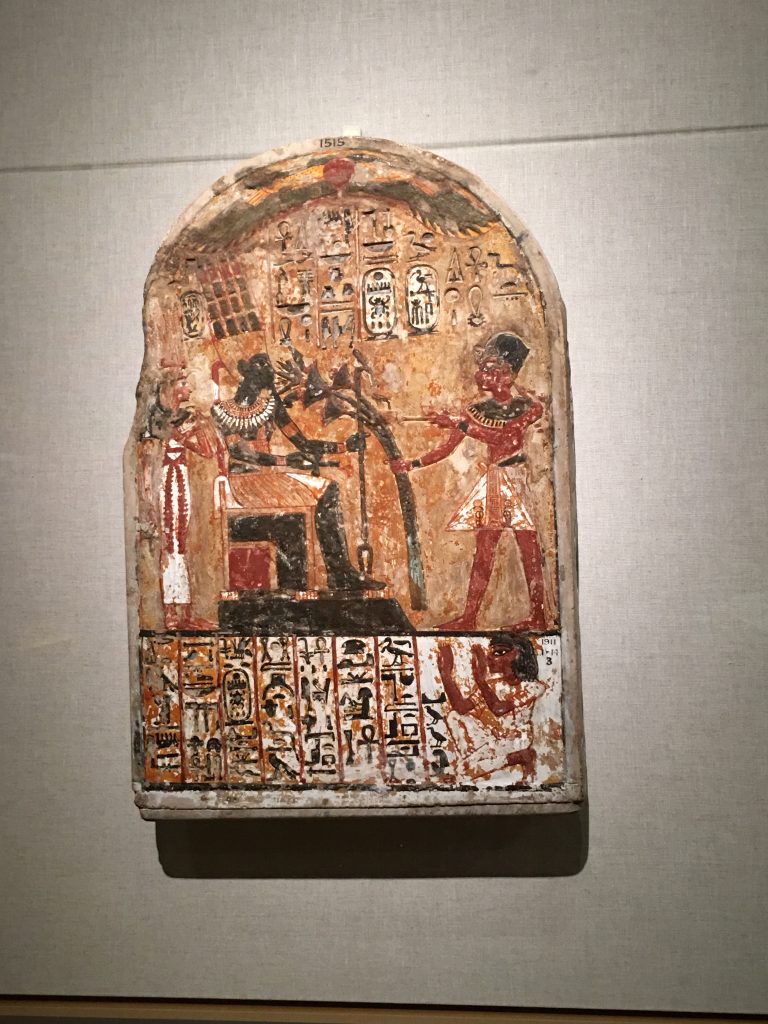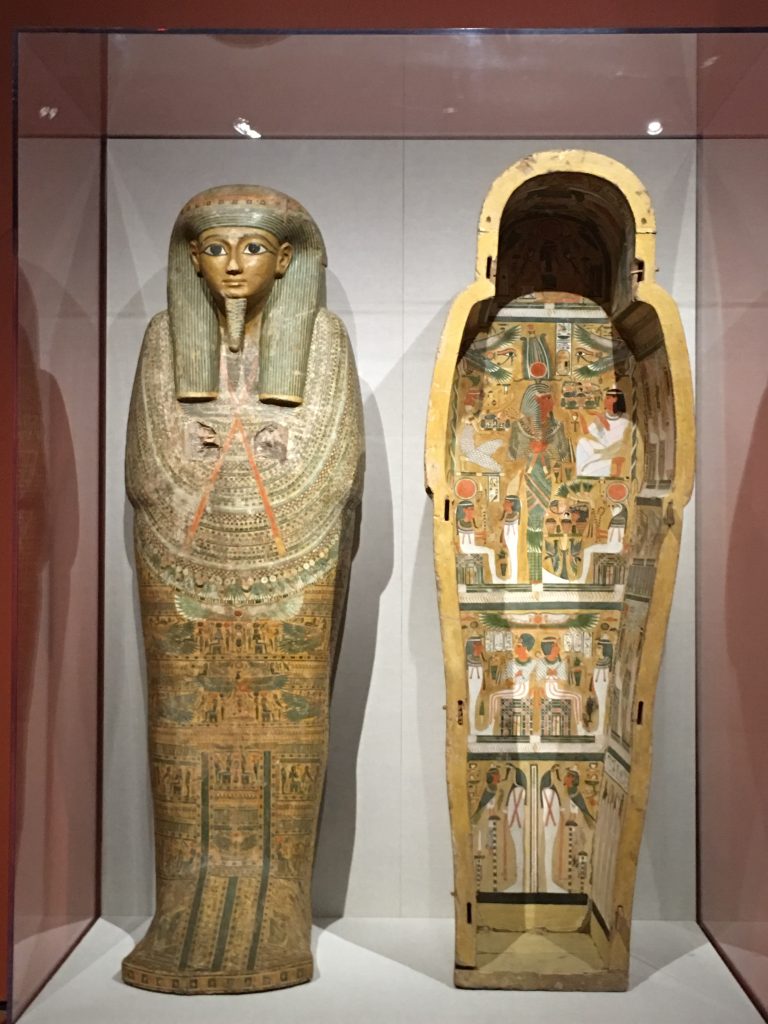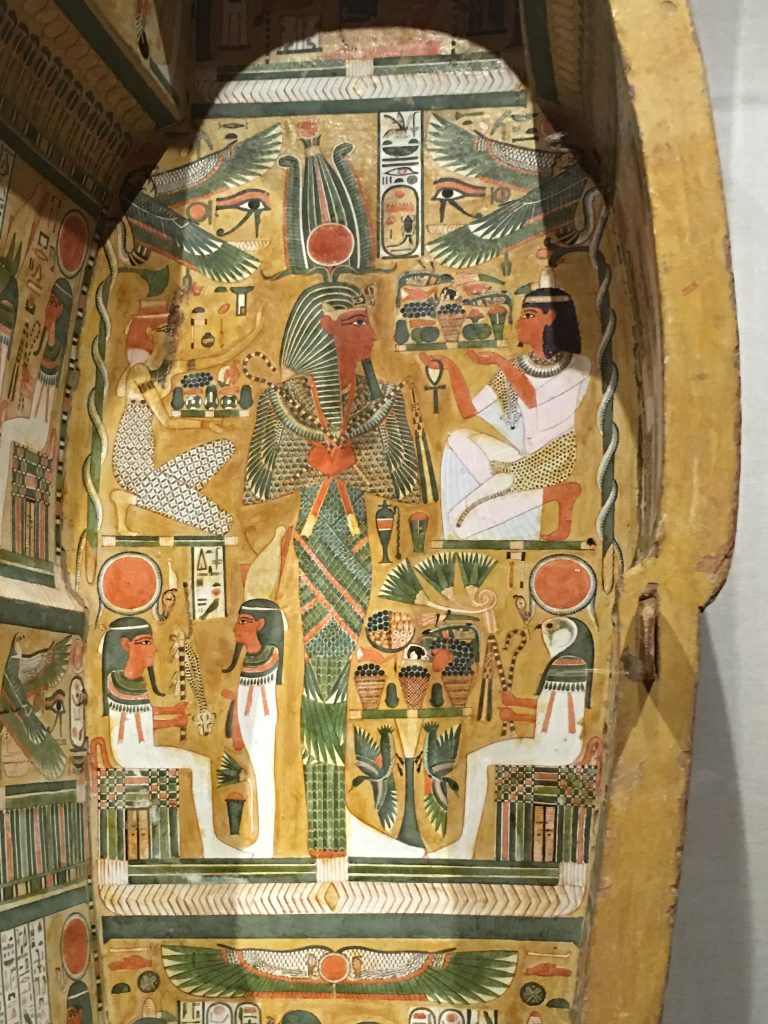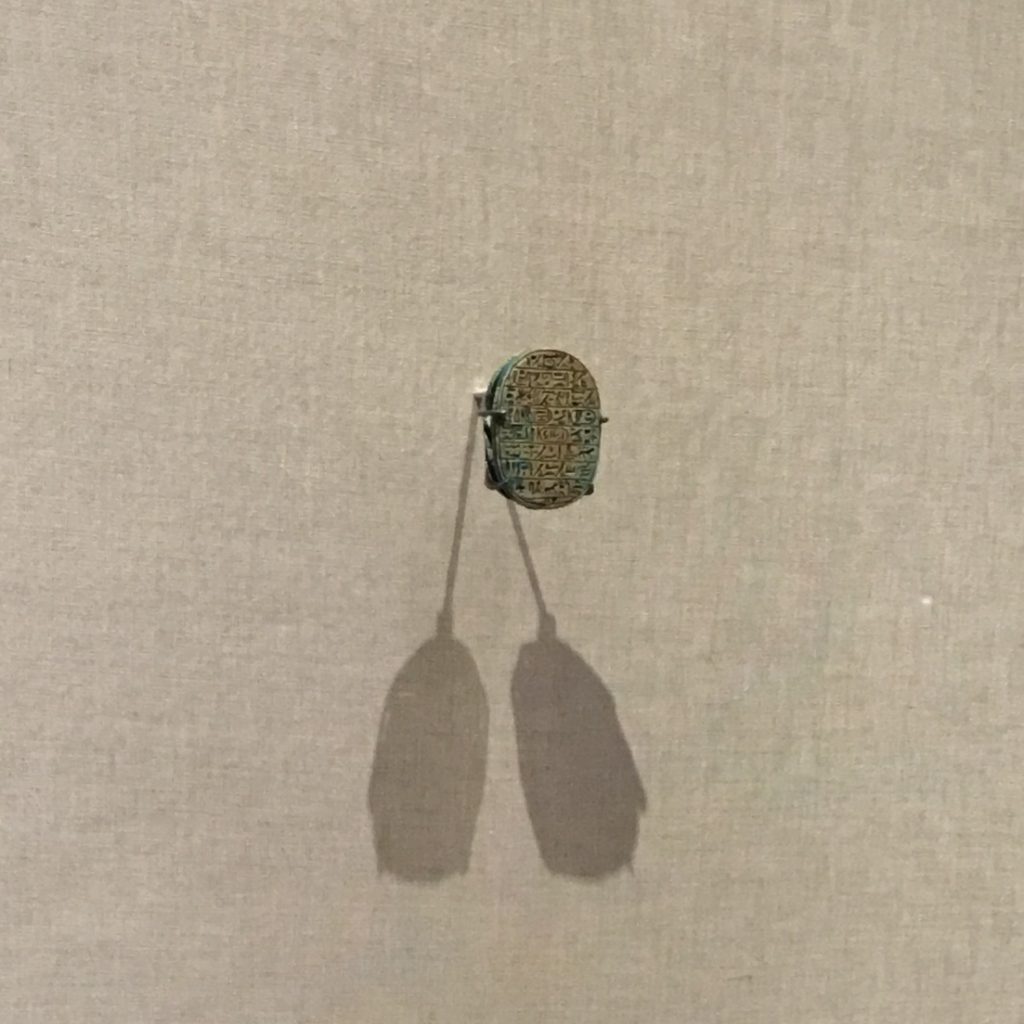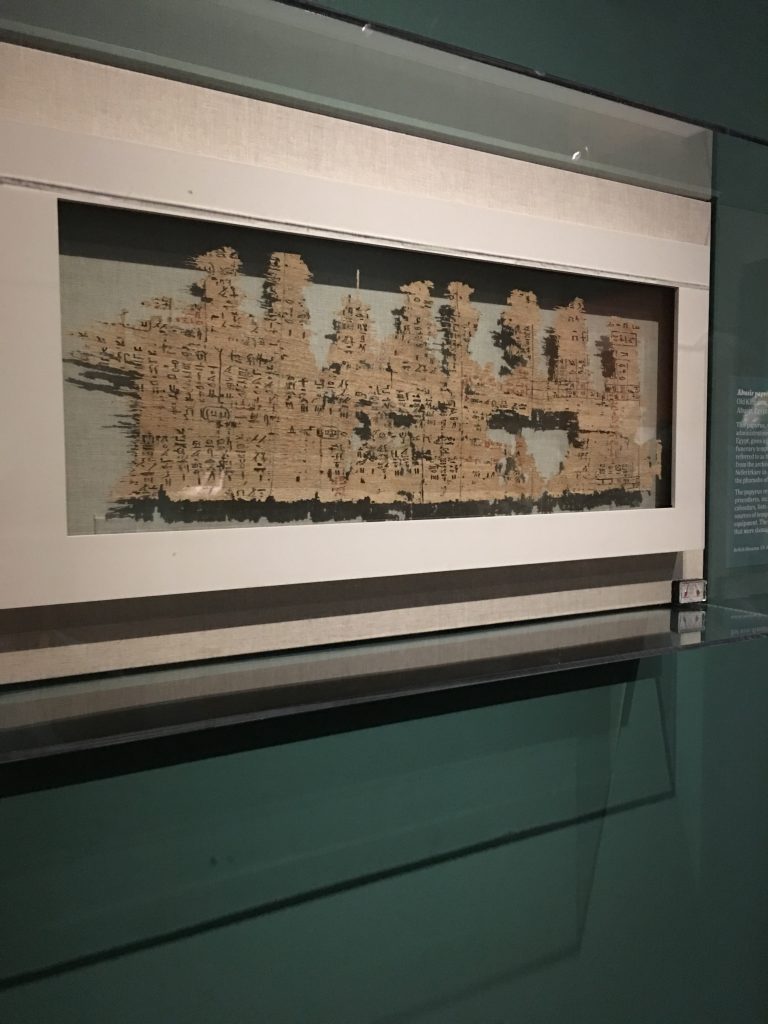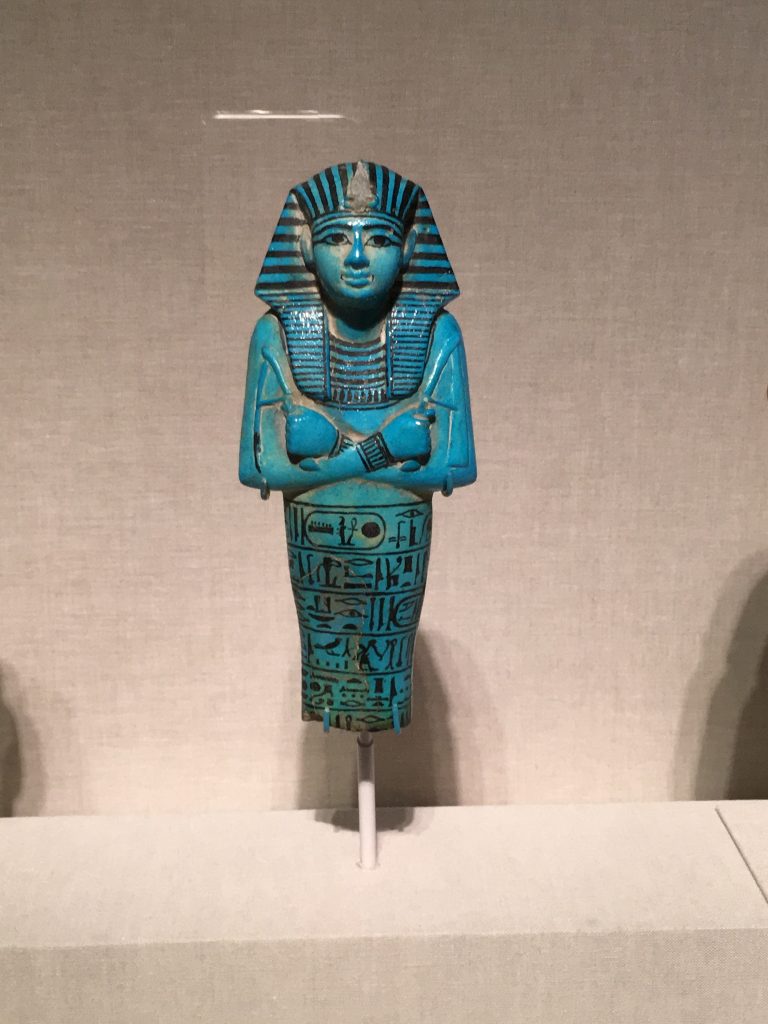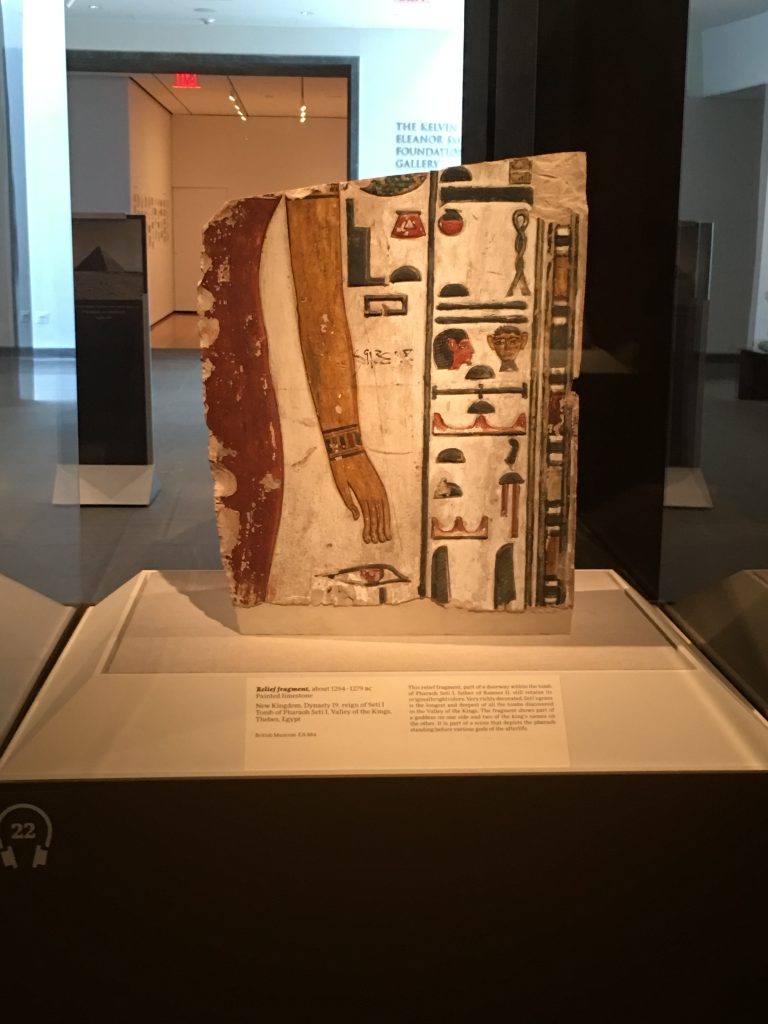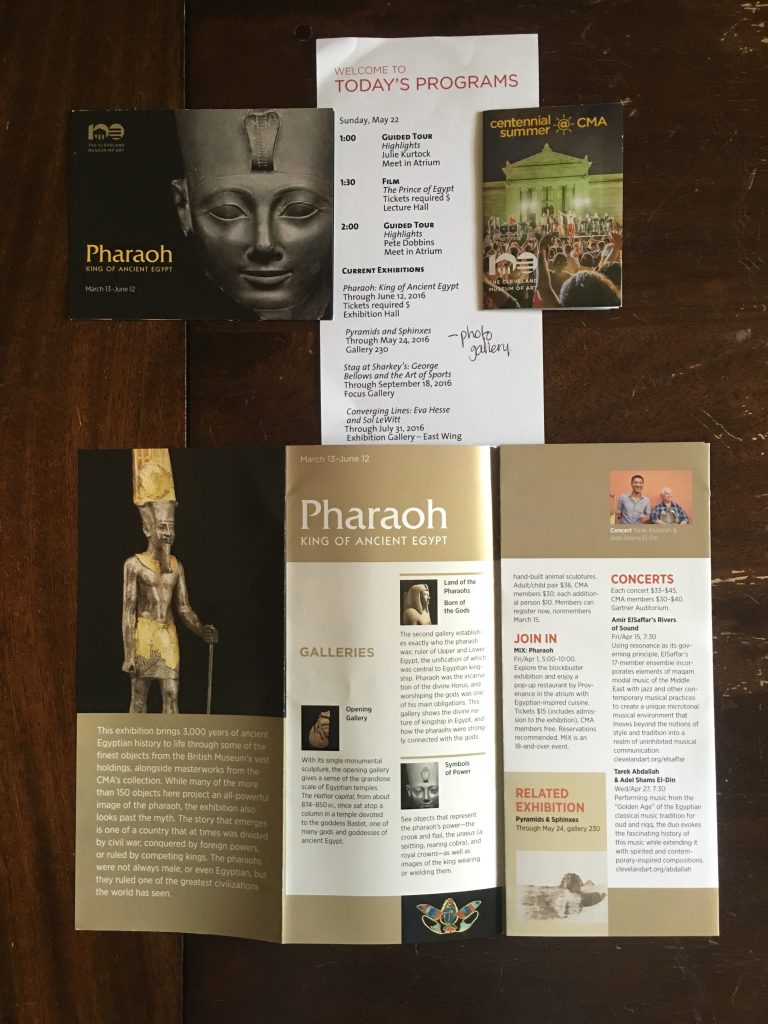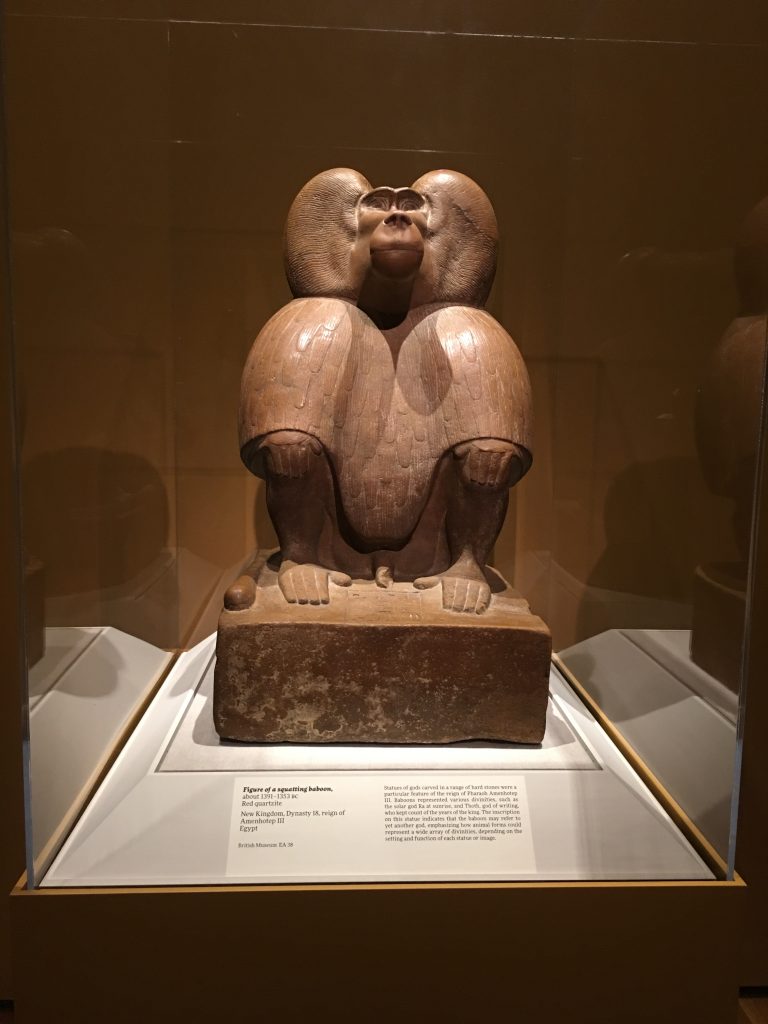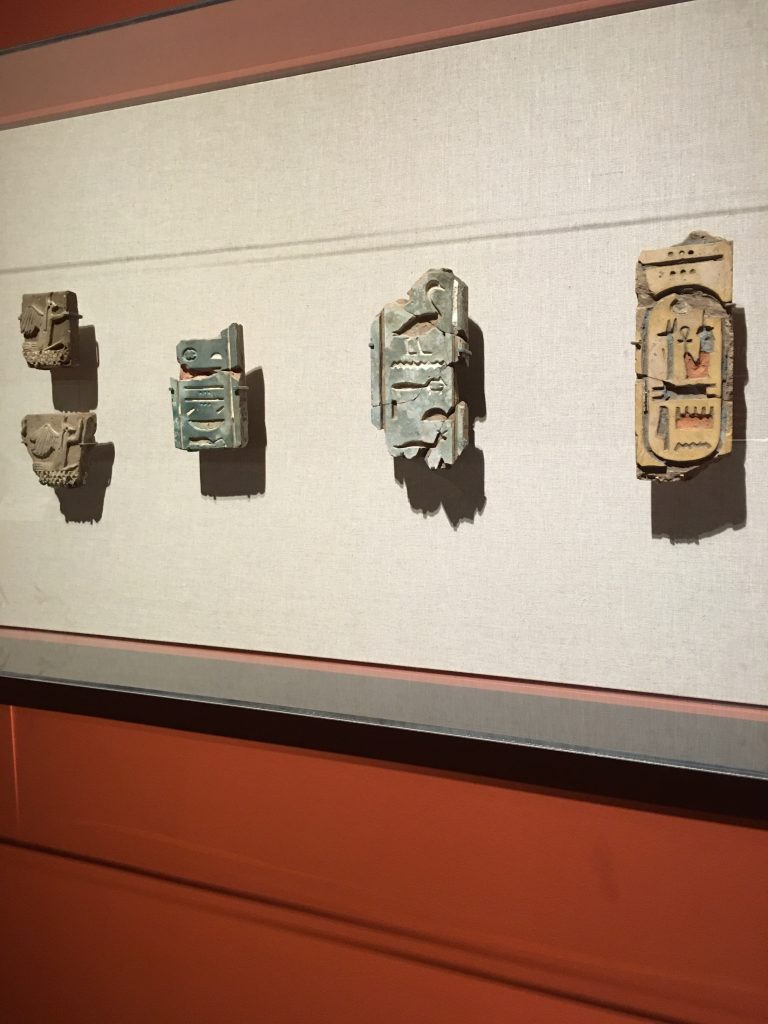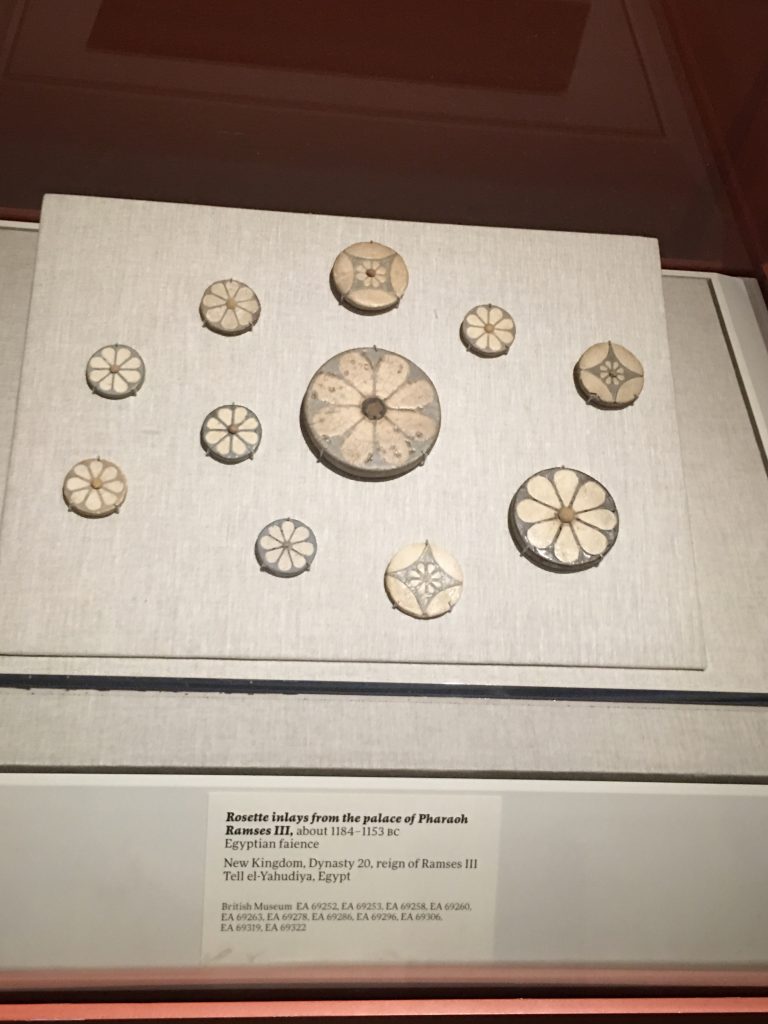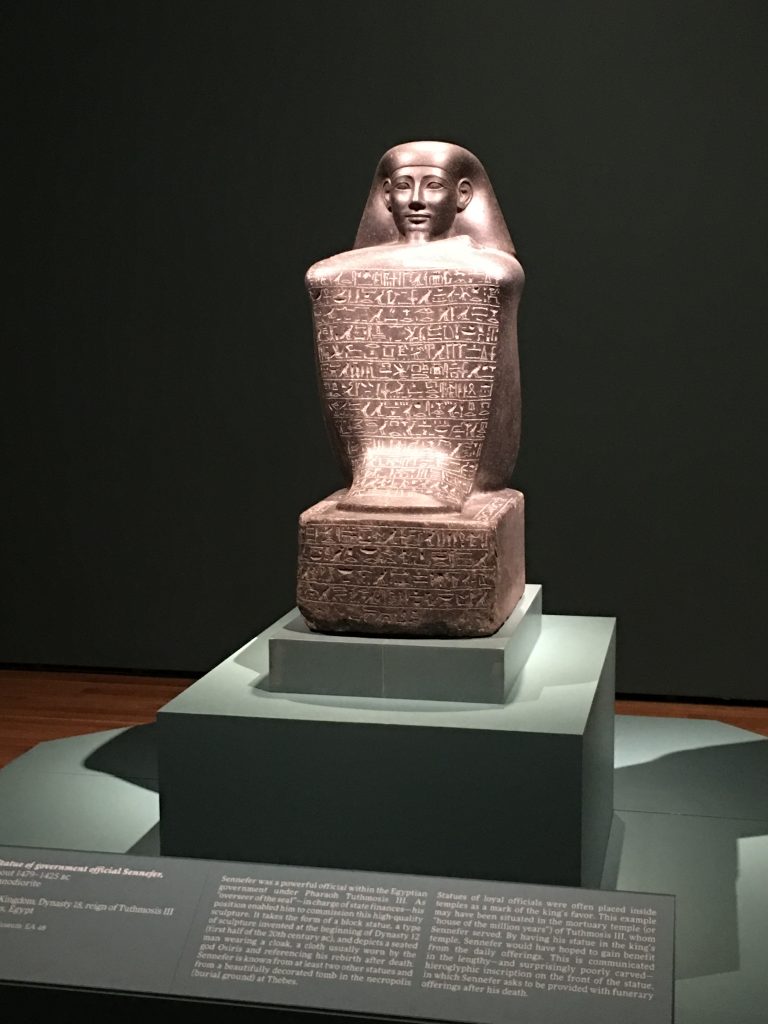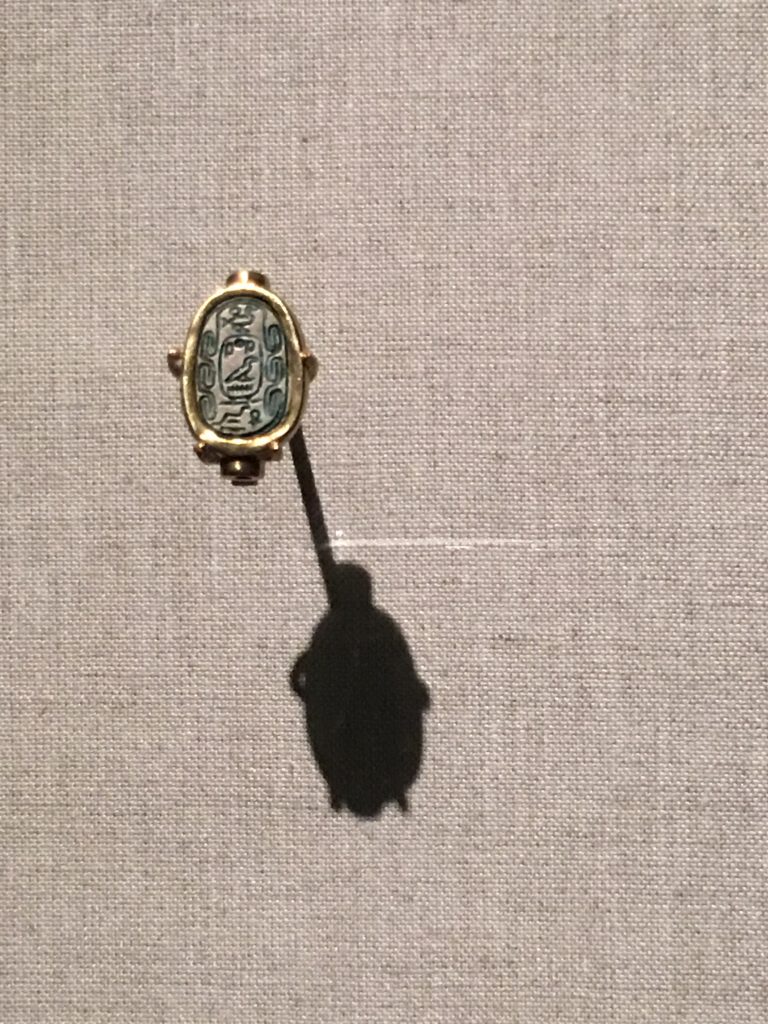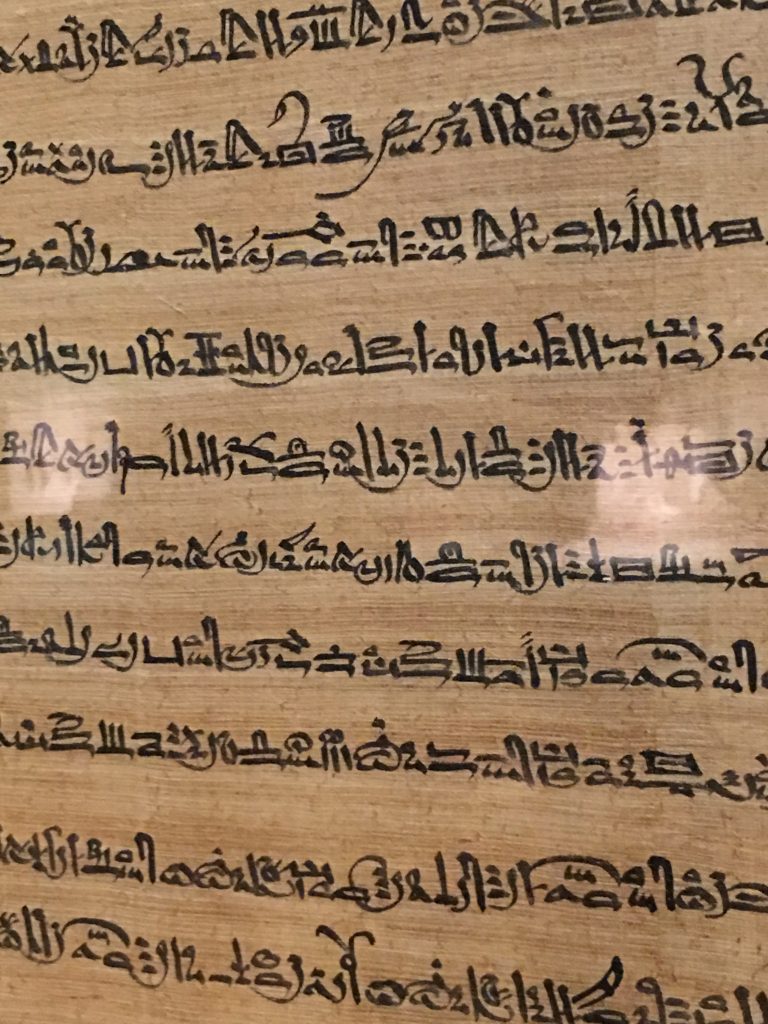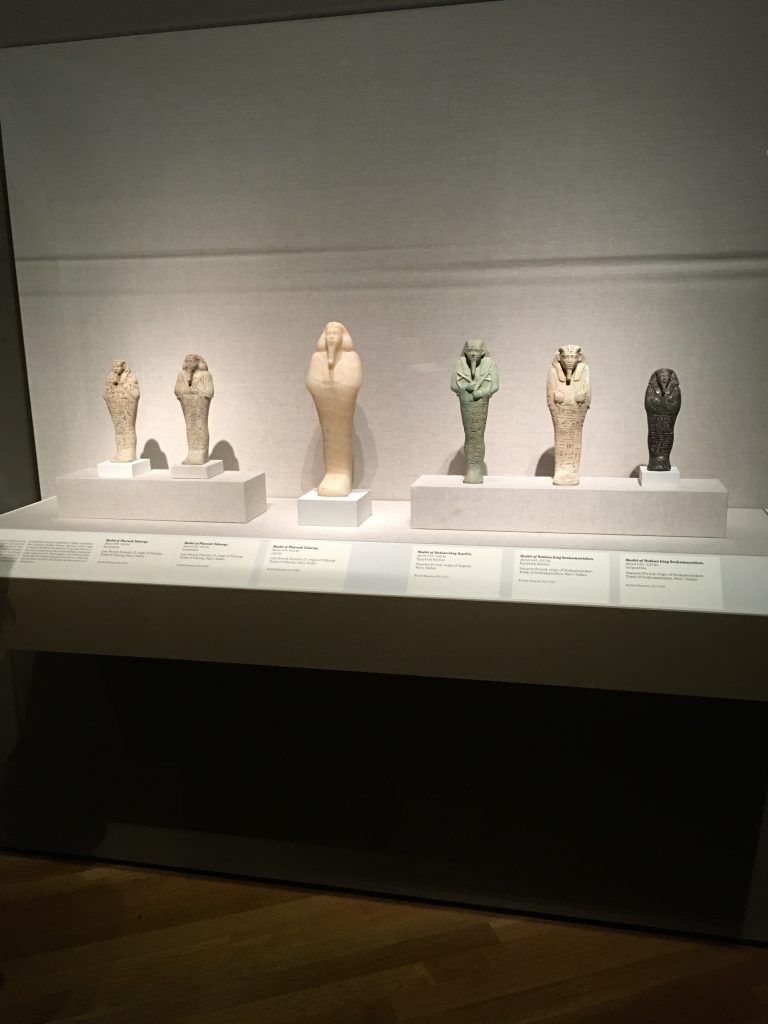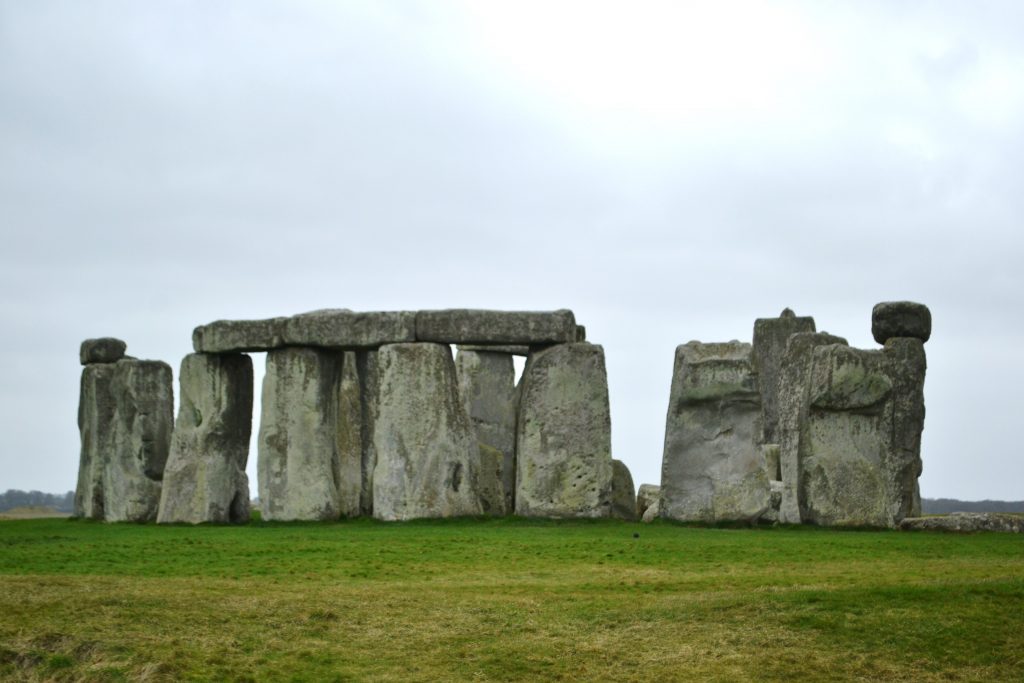
My friend David arrived in London where we spent time with his son and girlfriend. Before leaving for Paris, we made plans to visit Stonehenge which had been on our bucket lists for quite some time. Deciding to make a day of it, we booked a tour that included a stop at the luxurious Windsor Castle and the charming town of Bath.
Before we reached the entrance to Stonehenge, we could see the Stone Circle from miles away. In the distance, the stones seemed small and unassuming until the bus continued up the drive to the Visitor Center and an eerie wave of fog rolled in
Stonehenge, a unique, circular arrangement of bluestone, is located 80 miles west of London in the county of Wiltshire in the central part of southern England. Standing in the midst of English farmland, the closest town to this architectural phenomenon is Amesbury, 2.5 miles east.

David and I agreed that had we not read about Stonehenge prior to our arrival, we may have left here more confused. The mere fact that this structure had survived thousands of years is enough to appreciate its simplicity. We debated on how the rocks could have been arranged so long ago with limited tools. So mystifying and magical,
Archaeological estimates date the first initial stage of Stonehenge to have been built around 3,000 BC when the large circular stonework was erected. Sarsen stones were placed in the shape of a horseshoe while an additional circle of bluestones were added in between them about 500 years later.
What remains of Stonehenge today is the ring of thirty stones that stand 13.5 feet high, 7 feet wide, weighing about 25 tons per stone. Recent scientific finds have uncovered burial mounds nearby which date back to the Bronze Age, long after the stones were initially raised.
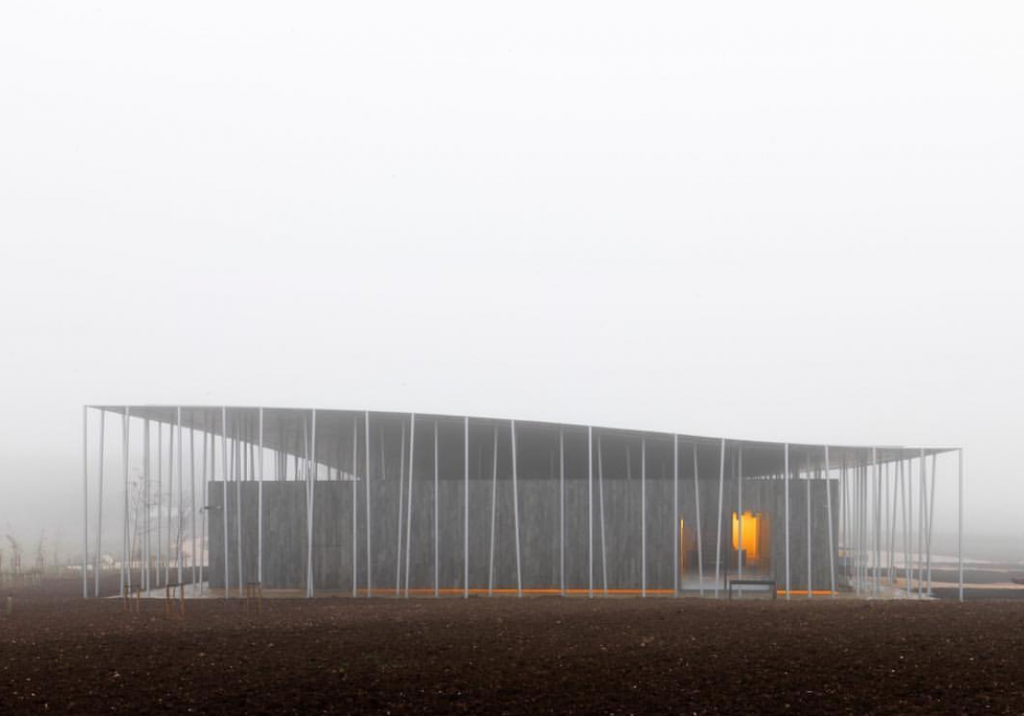
The fog was beginning to lift as we departed the bus at the Visitor’s Center and boarded a tram that took us to a path leading to Stonehenge. There were several posted placards along the trail leading to Stonehenge providing additional information about the structure as well as additional earthworks surrounding the Stone Circle.
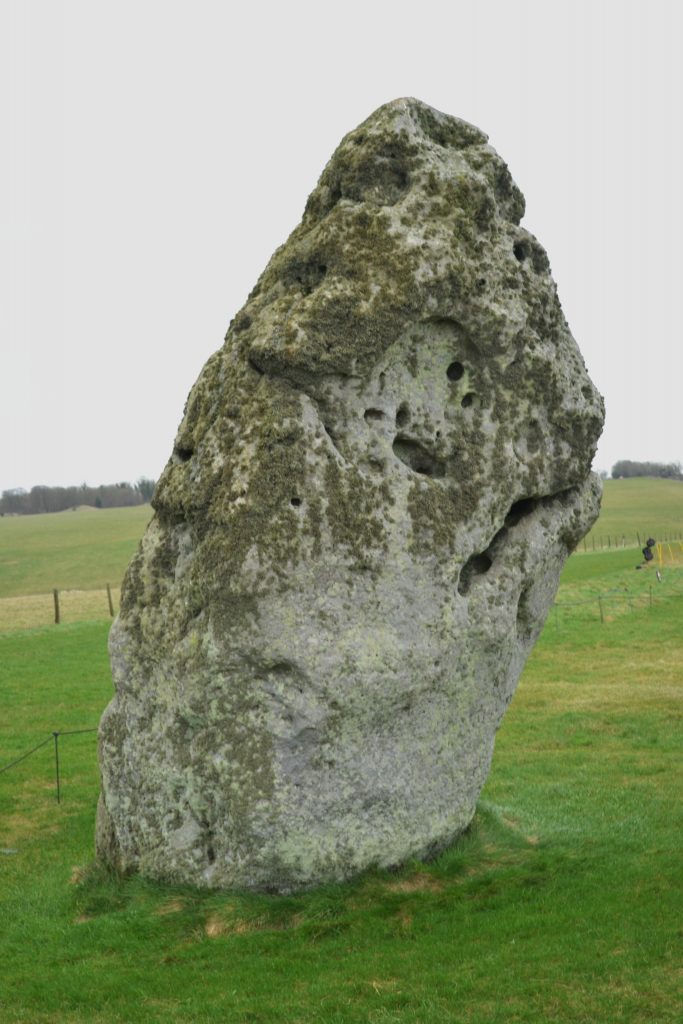
We came to a fork in the path where we could take a short detour to the Heel Stone where the Avenue meets the earthwork enclosure. This rock remains in its natural state, untouched by tools. Legend declares that it was here where the devil threw a stone at a friar, leaving the friar’s foot imprint upon the stone. We thought the stone resembled a whale jumping up from the ocean. Yet one thing is certain, the stone was positioned to mark the rising sun on the day of solstice.
Retracing our steps, we made a left towards the Stone Circle, identifying the larger, outer circle of sarsen stones (“hard silicified sandstone found scattered naturally across chalk areas of southern England”) the smaller formation of bluestones towards the center. Had the weather cooperated with a bit of sunshine, we may have been able to see the orange-brown and blue colors of the stone.
We identified stone lintels and tried to imagine Stonehenge when it was first constructed known as the place of the “hanging stones”. Making an educated guess, we tried to determine where the altar stone would have been located. We wished we would have brought binoculars to try to find the slaughter stone or to identify stone number 53, which is said to show evidence of the Mycenaen civilization. Because the Stone Circle is roped off to preserve the land within and surrounding the stones, we were limited to how close we could reach the structure.
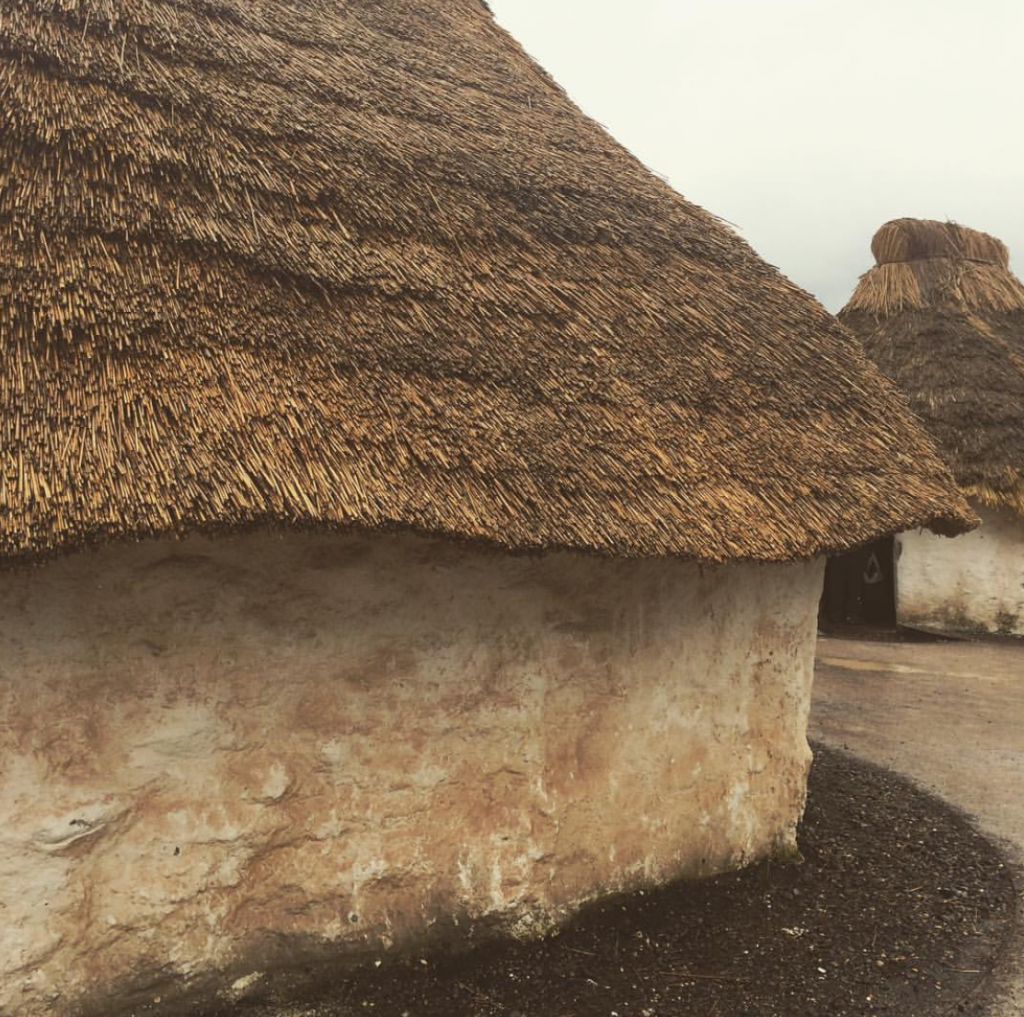
Surprisingly, at about the time we were ready to make our way back to the Visitor’s Center, the sky began to clear up just enough for us to explore the huts of the prehistoric inhabitants near Stonehenge and make a quick stop at the gift shop to purchase a Stonehenge Woolly Jumpers Sheep Tea Pot.
Prehistoric in nature, several theories have tried to explain how these stones at Stonehenge were erected and why. The most popular beliefs are that it was once a Druid temple or a cult center. It may be a simple as a place where ancestors worshipped or as complicated as an astronomical computer for predicting eclipses and solar events. We may not determine the reason in our lifetime, but Stonehenge is undoubtedly a once in a lifetime experience during the summer solstice and continues to attract over one million visitors per year.
Have you visited Stonehenge? Did you take an excursion from London or stay local? If you are interested in learning more about this fascinating World Heritage site, I recommend the book by Christopher Chippindale titled, Stonehenge Complete. Many thanks for taking the time to read about my visit to Stonehenge and wishing you many Happy Travels!
What to See and What to Do:
Stonehenge
Amesbury
Salisbury SP4 7DE, United Kingdom
Telephone: +44 0370 333 1181
- Admission Fee: £19.50 for adults (16 – 59); £11.70 for childrens ages 5 -15; children for and under are free; Seniors (60+) are £17.60
- Hours: Open daily from 9:30AM to 5PM
- Amenities: Outdoor archaeological site, museum, cafe, museum store, restrooms, special events
- Scenic View: The Stonehenge Archaeological site
- Length of Visit: 1 – 2 hours
- Tips for Your Visit: Do not climb over the ropes; stay within public areas permitted by visitors. Check out the exhibits. During my visit, there were over 250 archaeological artifacts on display from pottery to ancient human remains.
Where to Stay:
Budget Hotel
George Hotel
19 High Street
Amesbury, Salisbury
SP4 7ET, United Kingdom
Telephone: 44 1980 622108
Where to Eat:
Solstice Bar & Grill
Mid Summer Place
Tidworth, Wiltshire SP4 7SQ
United Kingdom
Telephone: +44 0845 241 3535
What to Read:
- Stonehenge, by Bernard Cornwall
- Stone Lord: The Legend of King Arthur, the Era of Stonehenge, by J.P. Reedman
- The Pillar of the Sky, by Cecilia Holland
- A Brief History of Stonehenge, by Aubrey Burl
